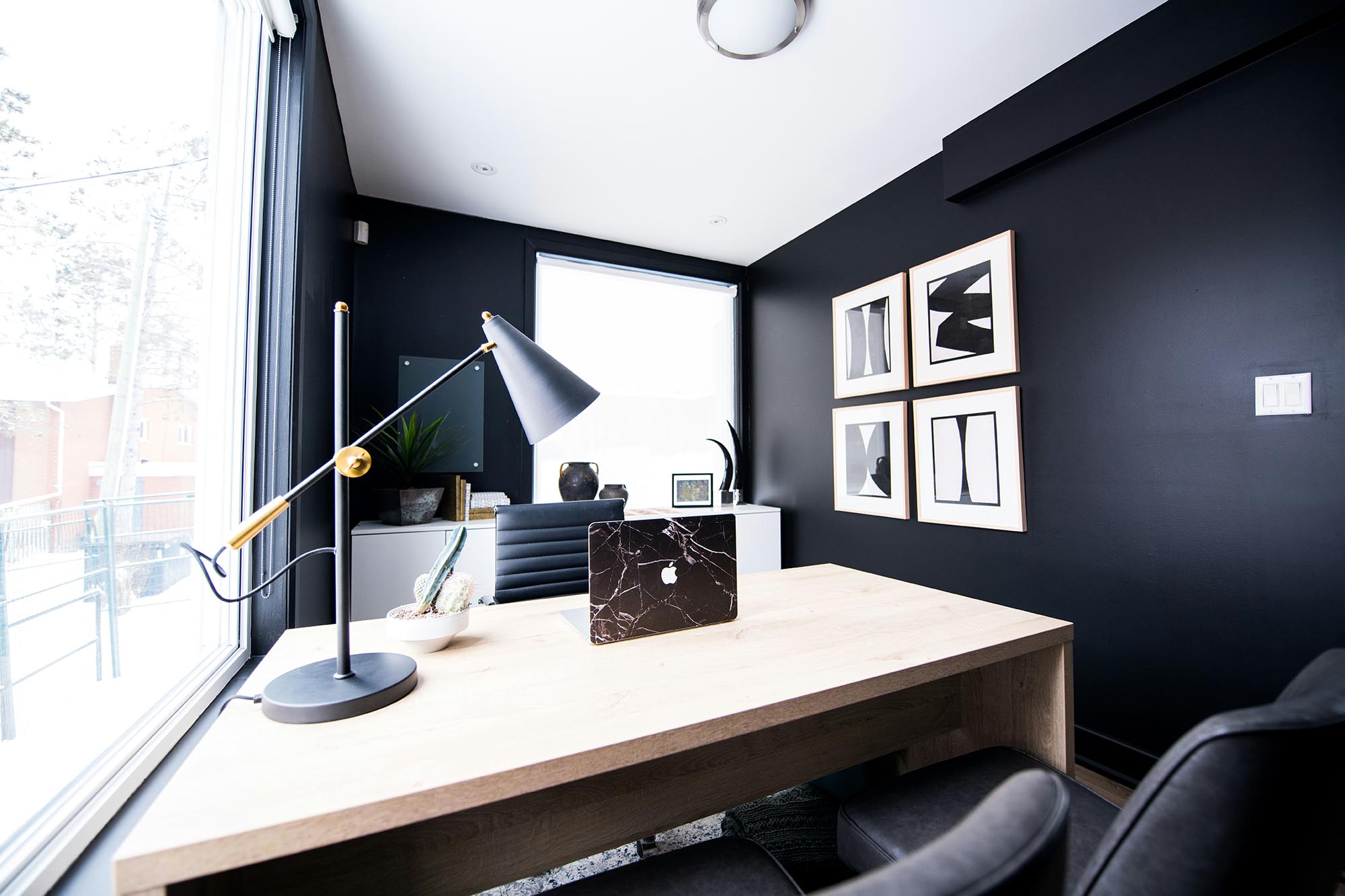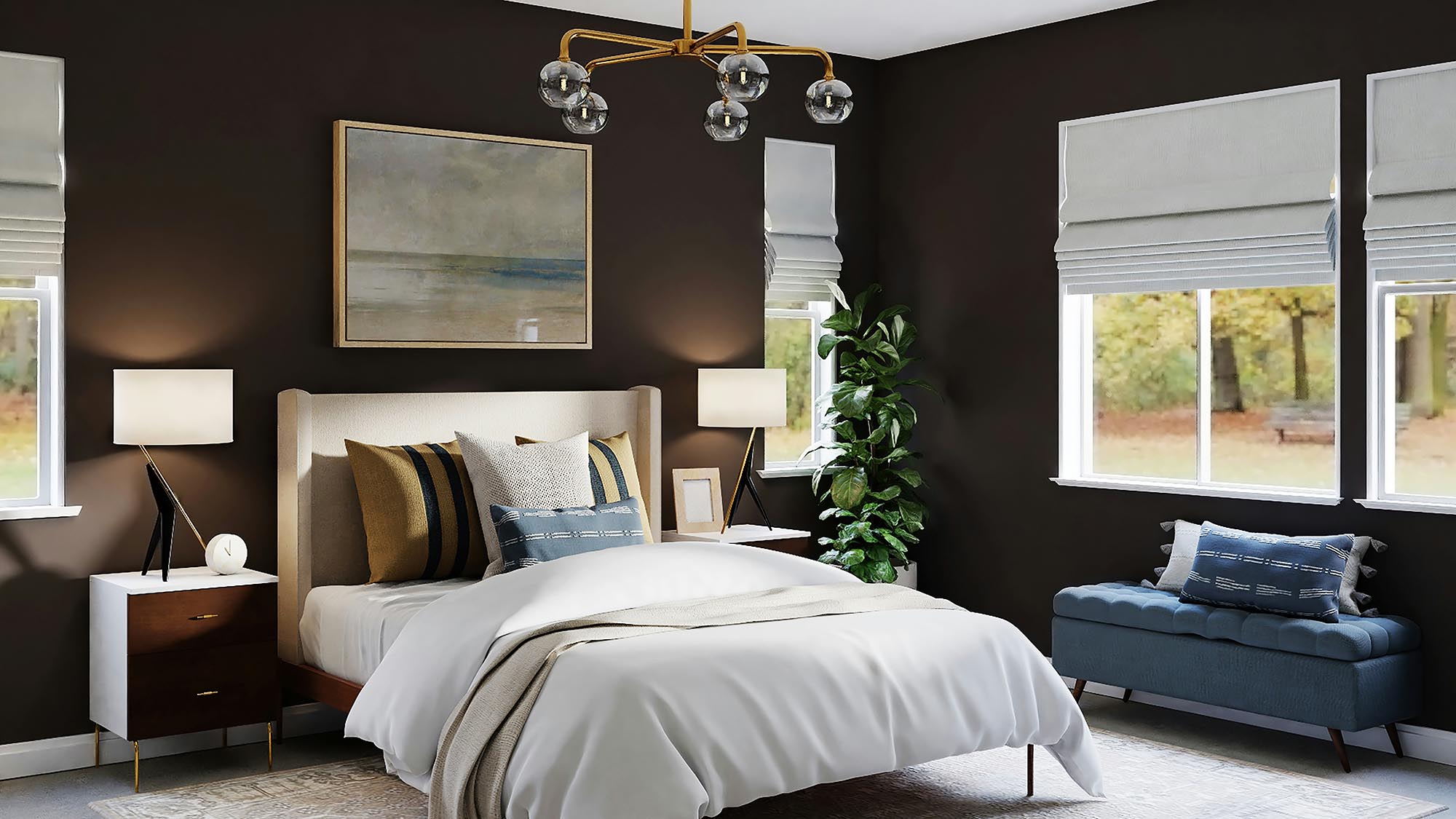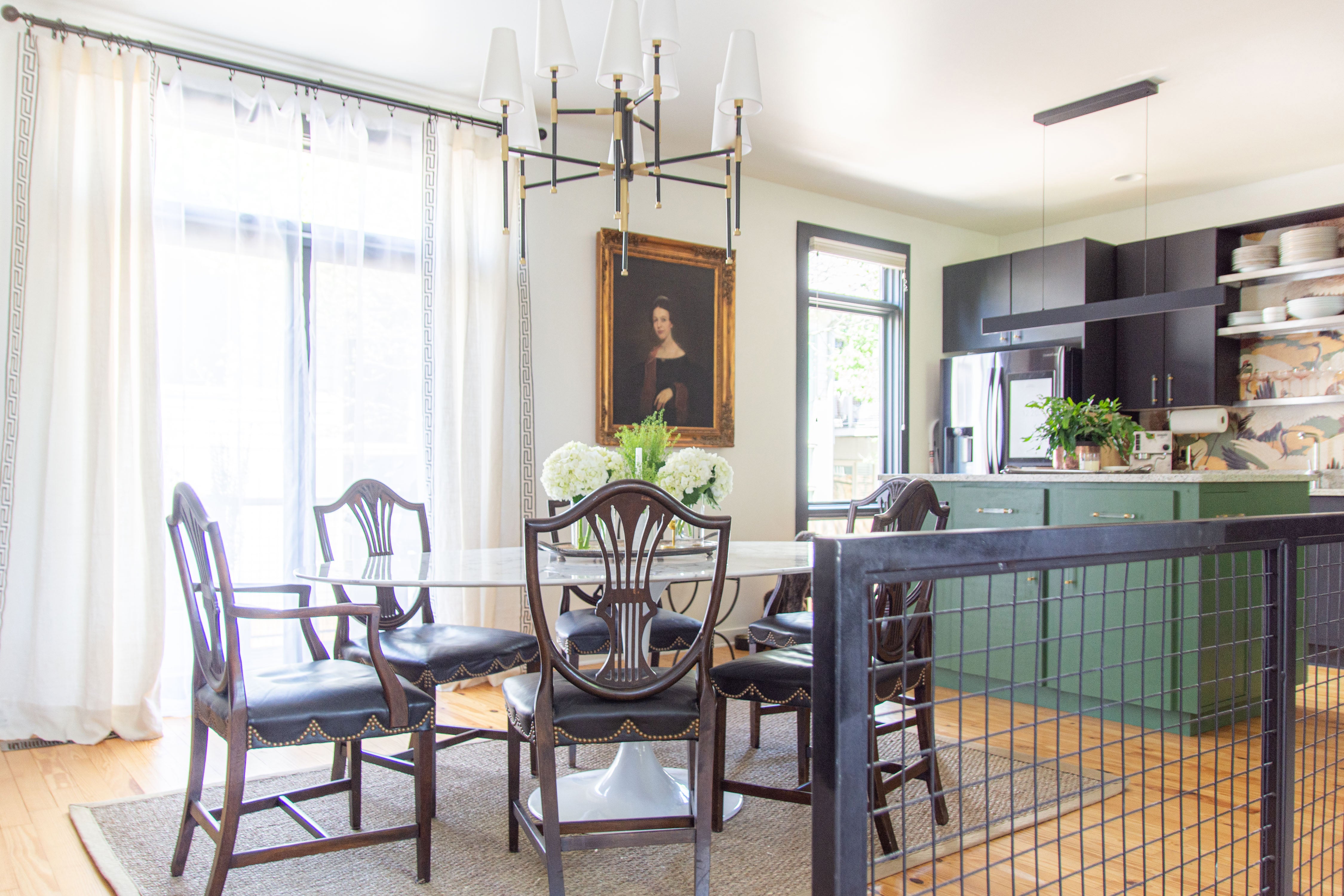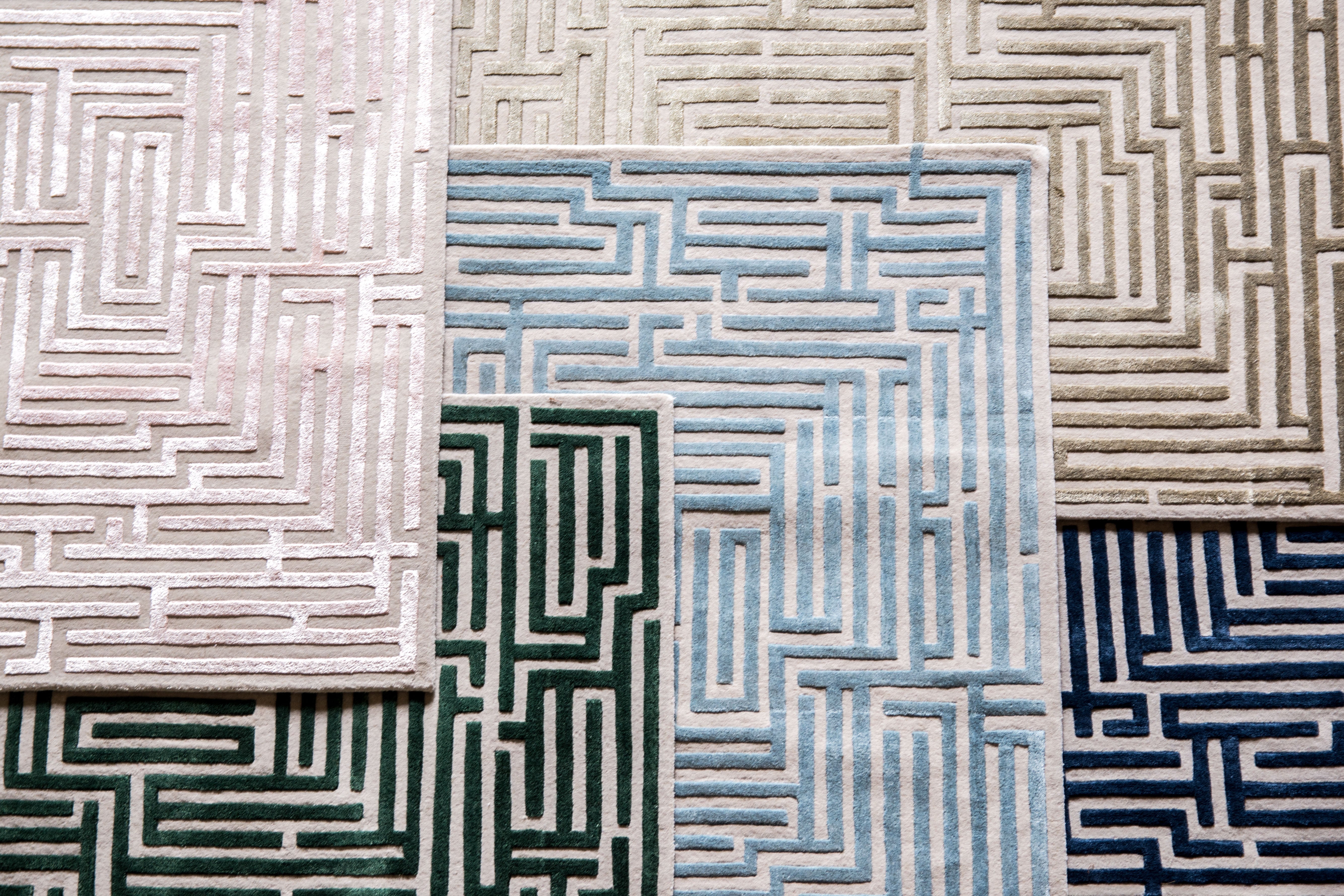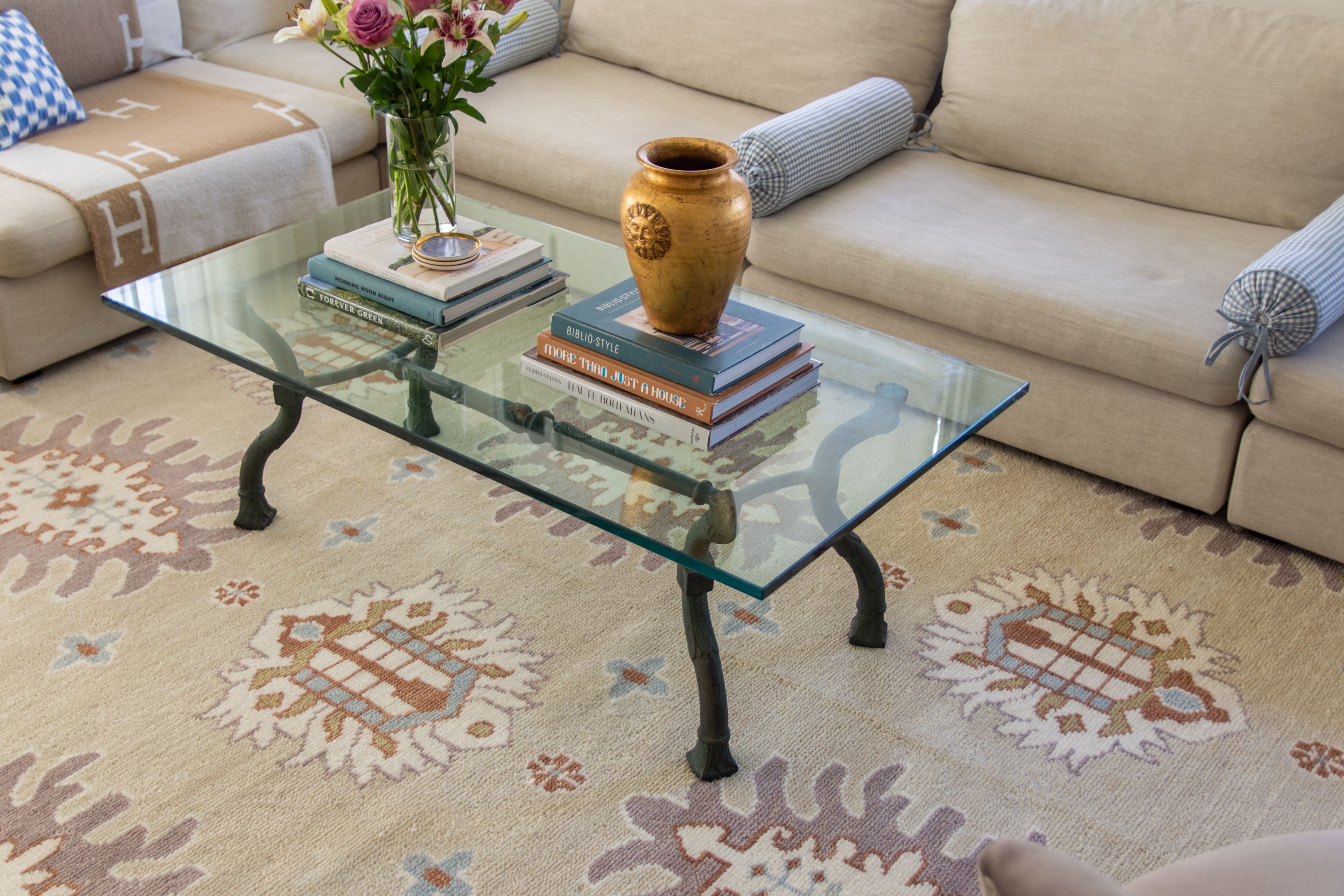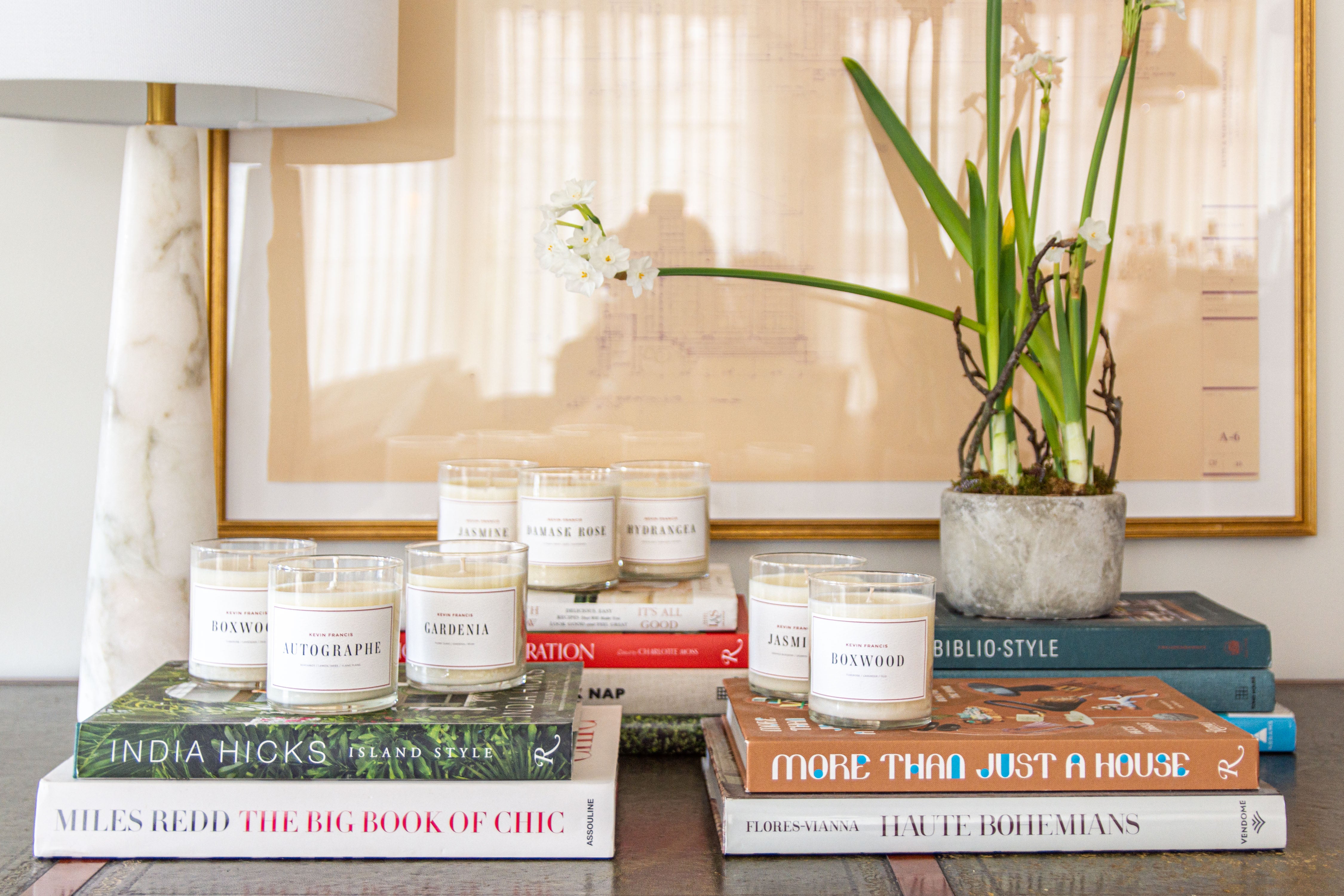7 Tips for Achieving Harmony in Your Home's Exterior and Interior Design
In the world of home design, achieving harmony between the exterior and interior can be a daunting task. However, with careful planning and attention to detail, you can create a cohesive and inviting space that reflects your style. Whether you're renovating an existing home or designing a new one from scratch, these seven tips will help you achieve harmony in your home's exterior and interior design.
The Importance of Hiring Tree Care Services
Hiring residential and commercial tree care services is essential for maintaining the health, safety, and aesthetic appeal of your property. These professional services offer expertise in tree pruning, trimming, removal, and overall tree health assessments. You can also click here and learn more about how, for residential properties, tree care services can enhance curb appeal, promote healthy growth, and mitigate potential hazards like overhanging branches or diseased trees. In commercial settings, such as parks, campuses, or business premises, tree care services contribute to creating a welcoming environment, ensuring safety for employees and visitors, and preserving the value of the property.
Additionally, tree care professionals have the knowledge and equipment to handle trees of all sizes and species safely and efficiently, minimizing disruptions and ensuring compliance with local regulations. Investing in residential and commercial tree care services is a proactive measure that promotes environmental stewardship and enhances the overall quality of your outdoor spaces.
Establish a Unified Color Palette
One of the most important elements in creating harmony between your home's exterior and interior is the color palette. Choose a cohesive color scheme that flows seamlessly from the outside to the inside. Consider the architectural style of your home and the surrounding environment when selecting colors. For example, if you have a modern home with clean lines, a neutral color palette with pops of bold accent colors can create a striking yet harmonious look. Similarly, a traditional home might benefit from classic colors like soft blues, greens, or warm neutrals.
Coordinate Materials and Textures
Another key aspect of achieving harmony is coordinating materials and textures between the exterior and interior of your home. For instance, if your home's exterior features stone or brick accents, consider incorporating similar textures indoors through feature walls, fireplace surrounds, or decorative elements. Similarly, if you have a contemporary exterior with sleek metal or glass finishes, carry those materials indoors for a cohesive look. Mixing and matching materials can add depth and visual interest while maintaining overall harmony.
Blend Architectural Styles
In some cases, homes may feature a blend of architectural styles, such as a modern interior within a traditional exterior or vice versa. To achieve harmony in such cases, focus on creating a seamless transition between the two styles. Use architectural elements like trim, moldings, and finishes to bridge the gap and create a cohesive flow. For example, if your home has a farmhouse-style exterior but you prefer a more contemporary interior, consider incorporating modern lighting fixtures, furniture, and decor while maintaining some traditional elements for balance.
Consider Landscape and Outdoor Spaces
Harmony in home design extends beyond the walls of your house to include outdoor spaces and landscaping. Coordinate your exterior design with your landscape by selecting plants, materials, and outdoor furniture that complement your home's style and color palette. Create a seamless transition between indoor and outdoor living areas by using similar materials and design elements. For instance, if your interior features natural wood accents, extend that theme to your outdoor deck or patio for a cohesive look.
Focus on Flow and Functionality
Achieving harmony also involves considering the flow and functionality of your home's layout. Ensure that the design promotes a smooth transition between different areas and that each space serves its intended purpose efficiently. Pay attention to traffic patterns, natural light, and views when planning your interior layout. Similarly, design your exterior spaces with usability in mind, whether it's creating a welcoming entryway, a functional outdoor kitchen, or a relaxing garden retreat.
Embrace Cohesive Design Elements
Incorporating cohesive design elements throughout your home can tie everything together and create a sense of unity. This can include repeating patterns, motifs, or color accents in both the exterior and interior spaces. For example, if you have a decorative pattern on your exterior facade, echo that pattern in your interior decor through rugs, upholstery, or wall art. Consistent design elements help create visual harmony and a sense of continuity throughout your home.
In conclusion, achieving harmony in your home's exterior and interior design requires careful consideration of color palettes, materials, architectural styles, landscaping, functionality, cohesive elements, and personalization. By following these seven tips and approaching your design process with a holistic mindset, you can create a harmonious and inviting living environment that reflects your unique style and enhances your overall well-being.



